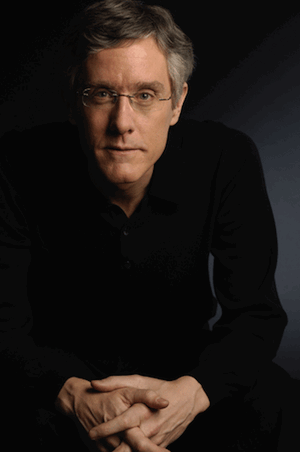 Timothy Brady, 15 Stages in the Search for Radium and Love
Timothy Brady, 15 Stages in the Search for Radium and Love
premiere: Mar. 27 2011 – Victoria BC Aventa Ensemble with Janice Jackson, soprano
Commissioned with the support of the Canada Council for the Arts
Tim Brady has been working as a composer, performer and producer both across Canada and internationally for 30 years. He has composed over 100 works, including 2 symphonies, 2 operas and numerous chamber and orchestral works, as well as many pieces for his own instrument, the electric guitar. He is the artistic director of the new music ensemble Bradyworks, and since 2008 he has been composer-in-residence with the Orchestre symphonique de Laval. His work has been featured at many festivals, including the Winnipeg Symphony Orchestra New Music Festival, Radio-France Présence, the Huddersfield Contemporary Music Festival (UK) and the Bang on a Can Marathon (New York). Since 1988 he has released 18 CDs and toured North America, Europe and Australia extensively as a solo guitarist. Winner of the CQM Prix Opus “Composer of the Year” award in 2004, and of the SOCAN Jan V. Matecjek award in 2006, he is currently president of the Canadian New Music Network and sits on the board of the Music Gallery and Le Vivier.
Fifteen Stages in the Search for Radium and Love (2010)
“In the 1990s I became fascinated by the Polish-French scientist Marie Curie (1867 – 1934), discoverer of Radium and the first woman to win a Nobel Prize. I read lots of books on her life, and thought she would be a great subject for a piece of music, but I could never find the right text….
In 2000, while on tour with my group Bradyworks, I met poet Doug Smith. We were performing my work “The Knife Thrower’s Partner” (I love that title!) which uses Smith’s compelling texts (and great title!) to create a portrait of a woman’s emotional life in a vaudeville circus (life in a circus, life is a circus…). During our short conversation after the concert we stumbled upon a common interest in Marie Curie, and he told me of his gigantic cycle of poems on her life. He sent it to me.
I loved this text even more than “The Knife Thrower’s Partner”, but I knew this had to be a big piece, given the scope of the subject and the complexity, beauty and power of Doug’s poems.
My main job was editing Doug’s text down to a sing-able size: it is 153 pages long, and would end up being a Wagner-length opera if every word were set to music. But I chose shorter poems, and did a small amount of pruning, to create a sequence of 15 connected pieces that tell the life of Marie Curie from her own perspective, starting from her early life in Poland, to her move to France to study at the Sorbonne, through the discovery of Radium, to the tragic death of her husband, fellow scientist and co-Noble laureate Pierre Curie, killed in a freak road accident in Paris in 1906.
Though Marie Curie lived until 1934, and continued to work as a scientist and, during the First World War, as an ambulance driver, she never again found the passion and focus that she had had with Pierre, and which made her a unique and seminal figure in the history of the 20th century.” – Tim Brady
A note on the author: Douglas Burnet Smith is the author of 15 books of poetry. He teaches at St. Francis Xavier University in Antigonish, NS and at the American University of Paris. He divides his time between Canada, France and Argentina. His most recent book is Learning To Count (Frontenac House, Calgary, 2010).
